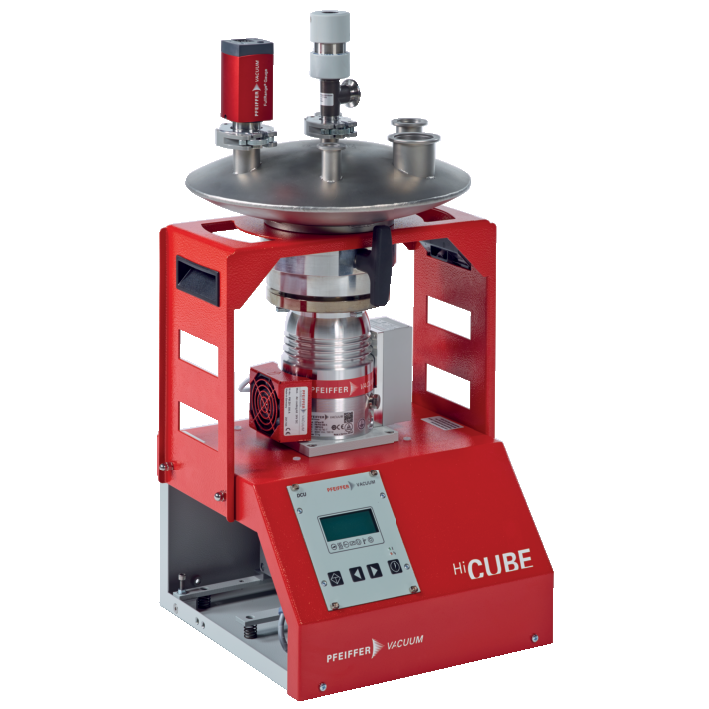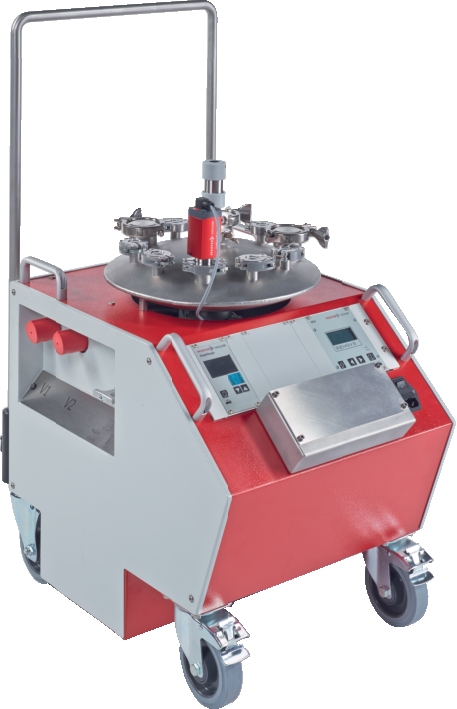Calibration Service and Pumping Stations for Vacuum Gauges
Regular calibration of vacuum meters is essential for quality assurance to be carried out in accordance with standards. Have your vacuum gauges calibrated or checked in-house, depending on your needs.
:grayscale(false):format(png))
As applications become more and more technically demanding, increasing precision and documentation also play an increasingly important role. Those who previously had enough to know that their measured values were correct now often want or need to be able to record and prove them for their customers in terms of accuracy and reproducibility in terms of quality assurance in production and service. As a measuring device, vacuum gauges also fall under the standard, which requires regular calibration. Do you need to talk?

Video: How is calibration carried out?
Standardized calibration systems for different needs
For customers who use several measuring gauges and would like to carry out the calibration themselves, we have proven calibration systems for total pressure measuring devices in our portfolio.
For static and dynamic calibration
Calibration range 1,013 – 1 · 10-4 hPa
Easy handling
Recipient according to ISO/TS 3567 standard
DAkkS certified reference transmitters
Flexible
:grayscale(false):format(png))
Calibration methods
The calibration is based on comparing the measured values of the transmitter to be calibrated and the reference transmitter according to ISO/TS 3567. The transmitters to be calibrated and the calibrated reference transmitters are connected to a standardized vacuum chamber (according to ISO/TS 3567, form b) and exposed to the same vacuum.
There are two basic calibration methods: static and dynamic calibration. With the calibration systems offered by Pfeiffer Vacuum, vacuum gauges can be calibrated both statically in a measuring range > 0.1 hPa and dynamically in a measuring range < 0.1 hPa.
Example of the degree of accuracy between the reference and the transmitter to be tested
The values of the reference transmitters and the transmitters to be calibrated must be determined for each specified pressure. According to ISO/TS 3567, at least 3 measuring points per decade must be taken into account (e.g. 1, 2 and 7 in the table).
The results of the calibration must be transferred to a calibration certificate according to DKD 6-2 from the German Calibration Service and kept as evidence. The user decides whether the deviations from the reference values are permissible. The deviations in the table above are sufficiently precise.
:grayscale(false):format(png))


:grayscale(false):format(png))